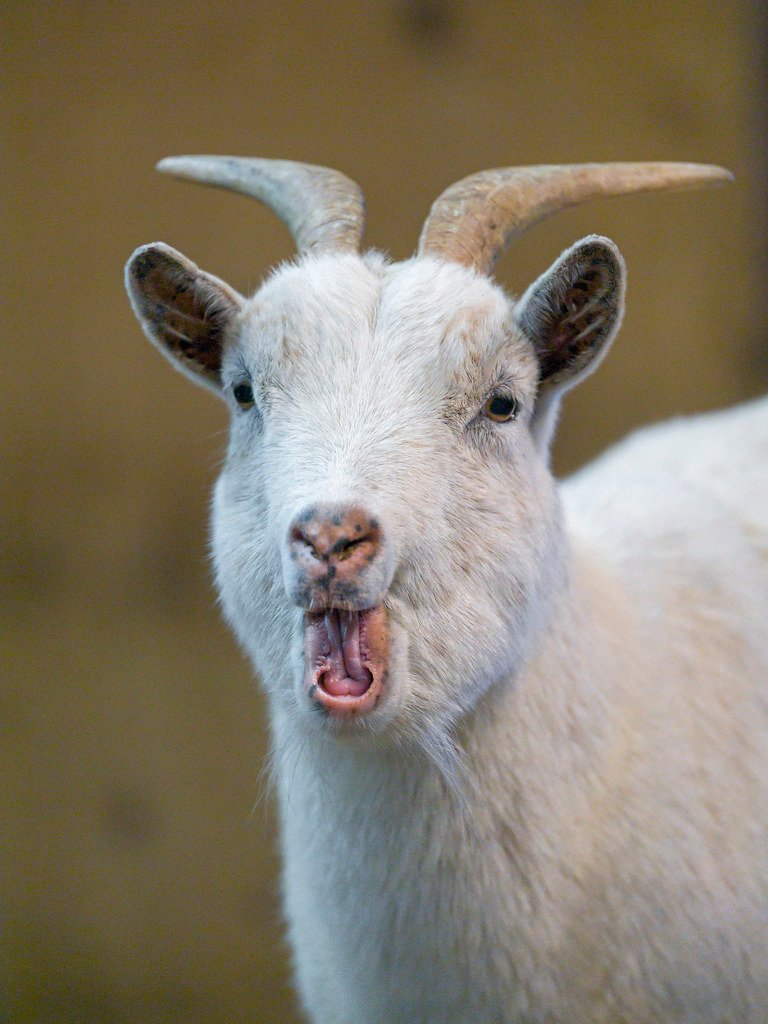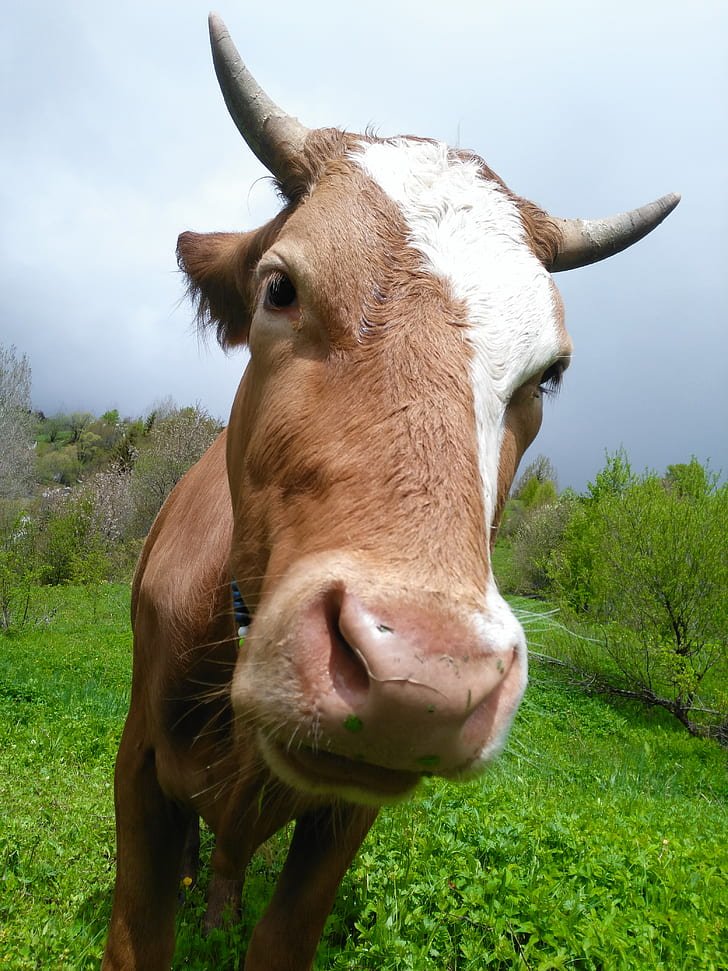Blue Tongue Disease affecting Ruminants
When I heard about ''blue tongue'' disease and I had to do my research about it, the first thing that came to my mind was, which one is blue tongue disease again, it is very funny to me, I don't know if it is to you also. So, what is it about blue tongue disease? indulge me and enjoy reading.
Bluetongue (BT) is a viral non-contagious disease that affects both domestic and wild ruminants I am talking about the likes of goats, buffalo, antelope, deer, elk, camels, and cattle. The disease is transmitted by insects especially biting midges that belong to Culicoides species.

flickr.com
A host would most likely get infected following the saliva of a biting midge, the virus spreads locally and replicates in regional lymph nodes, resulting in a viremia and systematic spread with virus replication in hematopoietic cells, and endothelial cells, leading to endothelial damage, vascular occlusion, hemorrhage, tissue edema, and epithelial sloughing as a result of microvasculature.
How severe the disease varies amongst different species, the symptoms are usually more persistent in sheep leading to weight loss, disruption in wool growth, and death eventually. For highly susceptible sheep, the morbidity rate could be as high as 100%.
The insect vector like you read before now is the key to the transmission of BT virus between animals. Vector is infected with the BT Virus after ingesting the blood from an infected animal. In the absence of the vector, it would be difficult for the disease to be spread amongst animals.
The transmission of BT virus can happen all through the year, but most especially during the rainy season. An infected cattle plays a strong role in maintaining the virus in a particular region, and while it serves as a major source for several weeks, it still could display little to no clinical sign of the disease, even while they are a preferred host for the insect vectors. The virus can be transferred through the placenta to the fetus and can be found in the semen of an infected bull and ram.

pickpik.com
An infected sheep has clinical signs that vary, some of the clinical signs are; fever, excessive salivation, nasal discharge, swelling of the lips, tongue, and jaw, pregnant ewes may lose their pregnancy, weakness, depression, weight loss, inflammation of the coronary band, serious diarrhea, pneumonia, vomiting, partial or complete loss of wool.
Typically, the clinical signs of bluetongue would enable a presumptive diagnosis, especially in areas where the disease is endemic. Diagnosis could be done through; clinical evaluation, identification of virus, serological testing, and postmortem examination.
There is no specific treatment for an animal with bluetongue apart from the fact that the animal would be allowed to rest properly, there would be provision for soft food and good husbandry. Secondary infections and other forms of complication need to be treated appropriately during recovery.
In areas where the disease is not endemic and there is an outbreak, involving one or a limited number of serotypes, vaccination strongly depends on the serotype causing the infection. Controlling vectors through the use of insecticides or protection from vectors may limit the number of Culicoides bites and subsequently, the risk of exposure to BTV infection.
Controlling vectors through the use of insecticides or protection from vectors would reduce the number of Cullicoides bites and subsequently, reduce the risk of exposure to BTV Infection. These measures on their own would most unlikely be able to halt a bluetongue epidemic and should be regarded as mitigation measures to be used alongside a comprehensive and vigorous program of vaccination.
Vaccination is the most effective and has the most practical measures that can be used to minimize losses related to the disease, and also interrupt the cycle potentially from an infected animal to a vector. It is not a zoonotic disease, so as a human, you may not need to worry about getting a transfer or ever getting a blue tongue (Laughs), hope you enjoyed reading, I will see you next time.
References
msdvetmanual.com/generalized-conditions
cfsph.iastate.edu/FastFacts/pdfs
Thanks for your contribution to the STEMsocial community. Feel free to join us on discord to get to know the rest of us!
Please consider delegating to the @stemsocial account (85% of the curation rewards are returned).
Thanks for including @stemsocial as a beneficiary, which gives you stronger support.